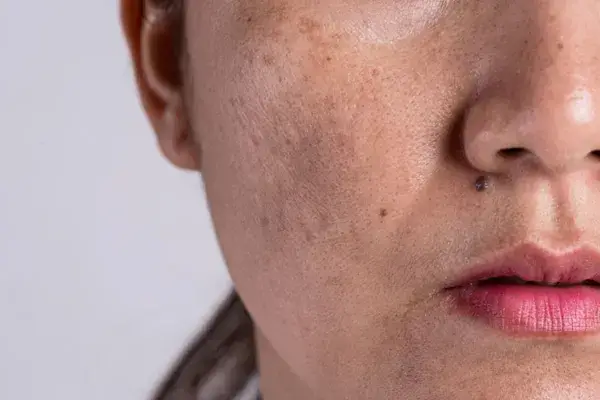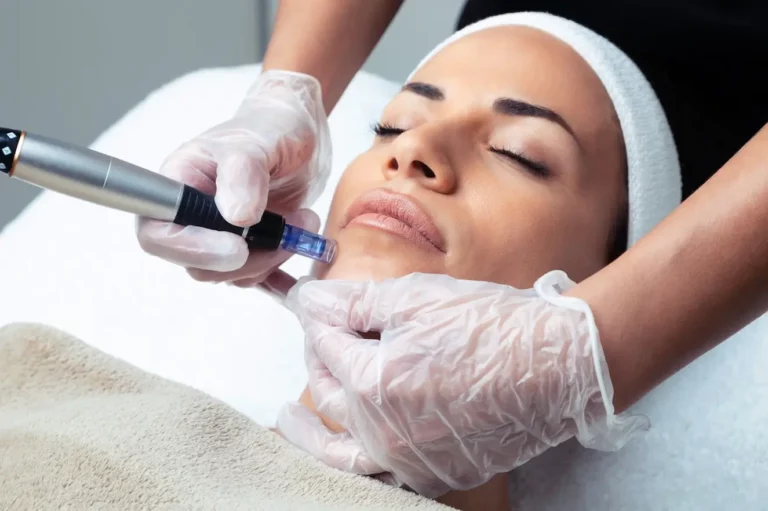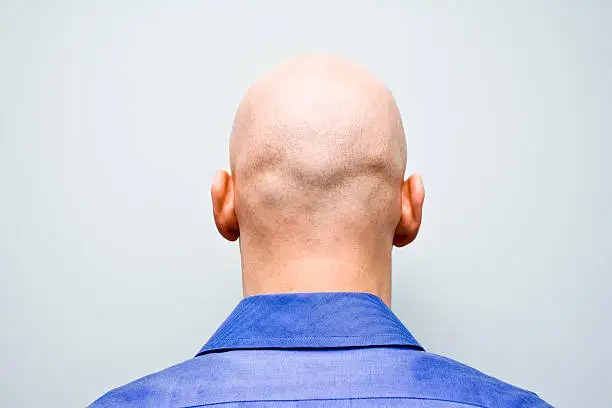Will Hyperpigmentation from Waxing Go Away? Discover Effective Solutions and Expert Advice
Are you struggling with hyperpigmentation caused by waxing and wondering if it will eventually fade? Don’t worry; we’re here to provide you with the desired answer. Hyperpigmentation is a common concern among individuals who undergo waxing procedures.
Waxing is a common hair removal technique that includes applying hot or cold wax to the skin and removing it, frequently leaving the skin temporarily bald or hairless. Hyperpigmentation, though, is a negative side effect that some people suffer.
This condition manifests as dark patches or spots on the skin and can be a source of distress for those affected. While it varies from person to person, in most cases, the discoloration will gradually diminish over time.
In this article, we will delve into the hyperpigmentation brought on by waxing, exploring the factors that resulted in its occurrence and addressing the question on everyone’s mind: Will Hyperpigmentation from waxing go away?
We’ll also highlight effective strategies and treatments to diminish the appearance of hyperpigmentation, enabling you to regain confidence and achieve a more even skin tone. Stay tuned for insights on addressing waxing-related hyperpigmentation effectively.
Table of Contents
What causes hyperpigmentation after waxing

Hyperpigmentation refers to the darkening of the skin in specific areas due to increased melanin production. While waxing is a process of removing hairs from the skin to achieve more radiant skin. During waxing, you pull out strands and remove dead skin cells.
The waxing process can be traumatic for the skin, leading to post-inflammatory hyperpigmentation in most cases. One of the primary causes is skin irritation and inflammation; this can stimulate melanocytes, resulting in an overproduction of melanin and subsequent hyperpigmentation.
Exposing your freshly waxed skin to sunlight or ultraviolet (UV) radiation without proper protection is another factor that causes hyperpigmentation. The skin becomes sensitive after waxing. Therefore protective clothes or high-spectrum SPF should be worn.
Darker skin types are more prone to post-waxing hyperpigmentation due to their higher level of melanin. The more sensitive dark skin possesses, the more its reactive to post-waxing hyperpigmentation.
Additionally, the application procedure and the wax quality can contribute to hyperpigmentation. When waxing is not done correctly or using low-quality wax can irritate the skin. Therefore, it is crucial to ensure your waxing is performed by a trained professional using proper techniques and high-quality wax.
Will Hyperpigmentation From Waxing Fade Away?
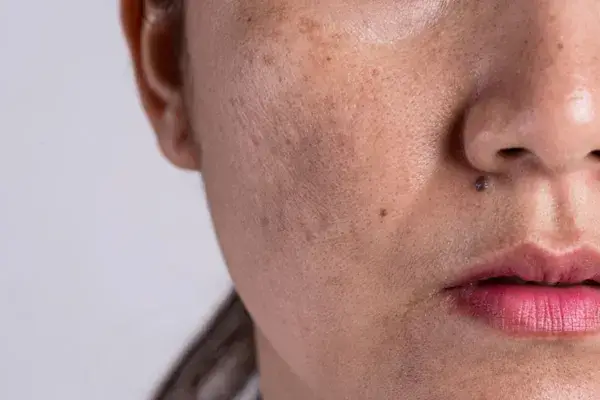
Hyperpigmentation from waxing fades away naturally in most cases without treatment. This is fastened by how you care for your skin before and after the waxing. This takes quite a long time before the fading process is completed, so you must be patient.
It is essential to know that fading duration varies from person to person. However, if you are experiencing severe hyperpigmentation that doesn’t fade long after the waxing, you need to consult a dermatologist to help you with the treatment procedure.
Also, ensure you are not hindering the healing process through the abovementioned factors.
How you can prevent Hyperpigmentation from Waxing
It is easy to prevent hyperpigmentation after waxing, just that many people neglect the simple process. Before getting your skin waxed, ensure you are ready to take care of it before and after the procedure.
Don’t try to get waxing because you saw your friend doing so. Skin health and routine are maximum. Fortunately, we will give you a simple step to avoid getting hyperpigmentation or minimize the risk of waxing. Take a look closer;
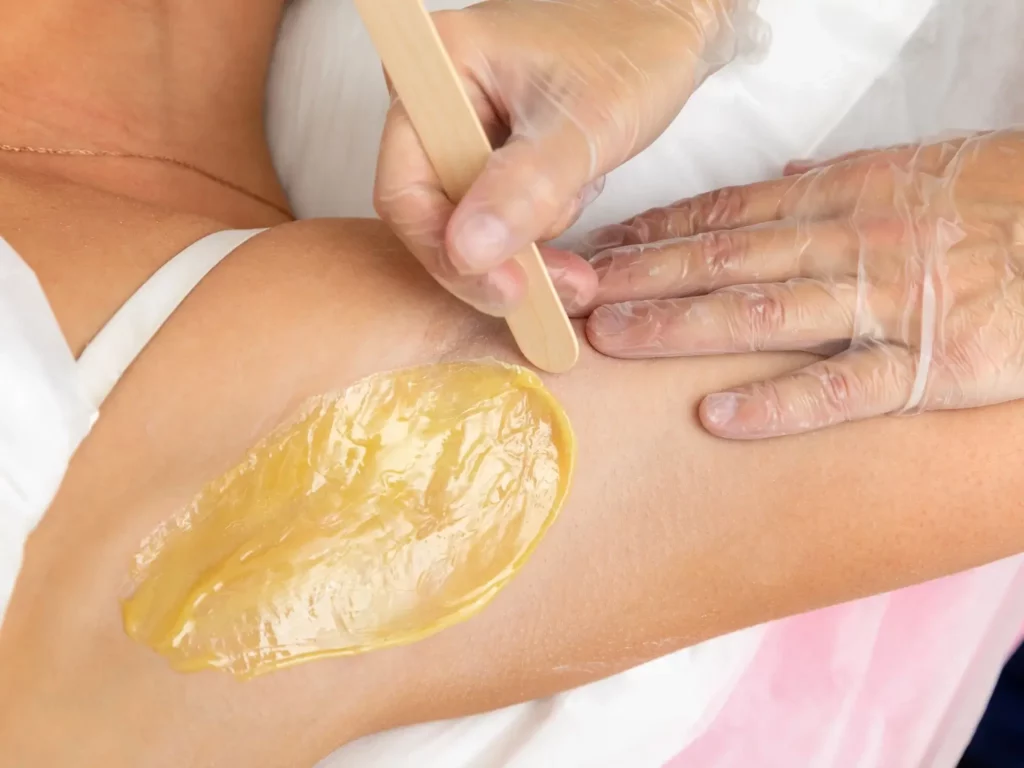
#1. Prepare Your Skin Before Waxing
To minimize the chance of hyperpigmentation, ensure you properly prepare your skin before undergoing any waxing treatment. Here are some of the things to do before waxing, exfoliate your skin thoroughly to eliminate dead skin cells that can irritate or hurt the skin.
Apply a moisturizing lotion or cream before waxing to protect the skin against irritation, and avoid products with retinol, AHAs, and other active ingredients for at least 48 hours before.
#2. Choose an Appropriate Wax
Choose a soft, low-temperature wax for areas prone to hyperpigmentation, such as underarms or bikini areas. Hotter waxes should be avoided because they are more likely to cause inflammation, which can result in hyperpigmentation.
Additionally, hypoallergenic products should be considered if available to minimize the chance of an allergic reaction, which can also contribute to post-waxing hyperpigmentation.
#3. Maintain Clean Skin After Waxing
Cleanliness is sometimes underrated; you must stay clear from infection and inflammation after waxing. Note to avoid alcohol-based cleansers and toners after waxing. Warm water is preferred to maintain low bacteria around your pores and follicles.
Gently wash the treated areas morning and evening after leaving a dusty environment.
#4. Use Sunscreen Frequently
Sun exposure causes inflammation and increases melanin production, which in turn causes hyperpigmentation. Therefore, wearing a broad-spectrum sun shield with an SPF of 50 and above is necessary to protect your skin from these UV rays.
After waxing, endeavor to wear a sun-shield and reapply every two hours when outdoors. Wearing sunscreen should not be a case of choice but a habit to protect sensitive areas from the aftermath of radiation and hyperpigmentation.
#5. Consult a Dermatologist in Most Severe cases
In some cases, if you have tried all the prevention tips and tricks and there is still discoloration, you need to consult an experienced dermatologist. Some hormonal imbalances and an increase in sensitivity might bring about this coloration.
It is advised to consult a qualified dermatologist for assistance if you have concerns about post-waxing hyperpigmentation. They can evaluate your skin issues and offer tailored advice to solve them successfully.
How do you Lighten Hyperpigmentation after Waxing
We all know that waxing is one of the most common ways to eliminate unwanted body hair, but what happens afterward? Taking care of your skin after waxing is crucial because the process removes dead skin cells, revealing fresh new cells.
These new cells are sensitive, so caring for our skin after waxing is essential. If you were ignorant of the post waxing care and you are experiencing those frustrating dark spots or hyperpigmentation, here are the five effective ways to lighten the hyperpigmentation;
Use Chemical Peel:
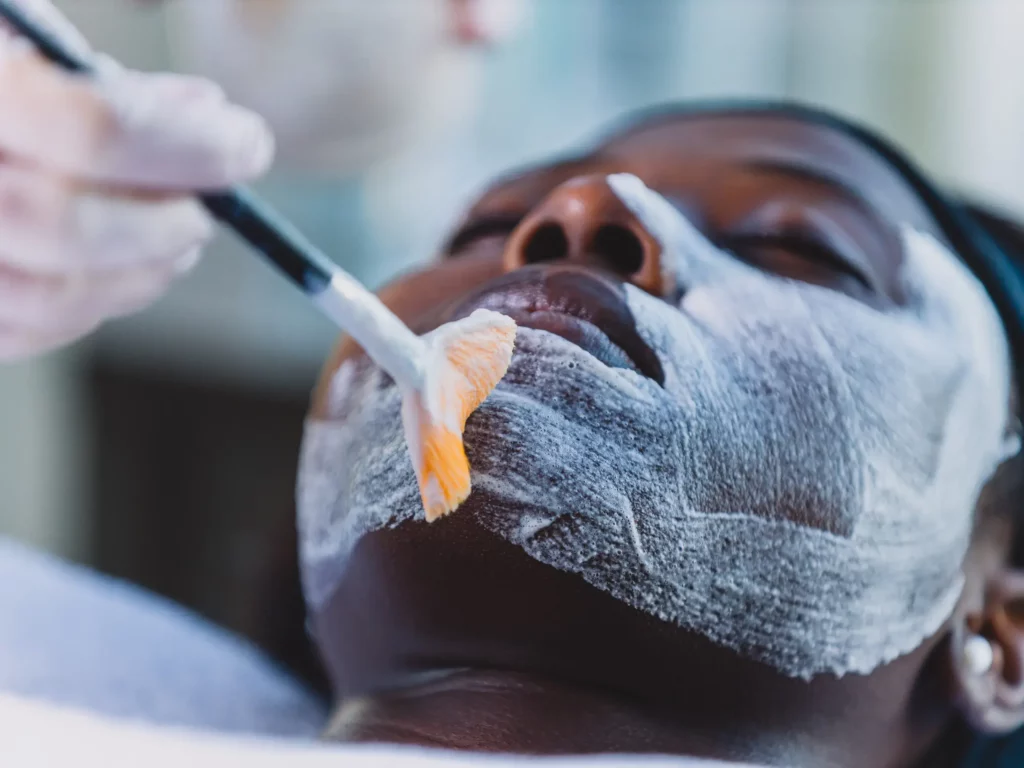
A chemical peel can successfully lighten hyperpigmentation after waxing. This gentle and non-invasive but effective approach aids in eradicating dark spots brought on by the waxing treatment.
The chemical peel reduces hyperpigmentation and shows a brighter, smoother, more even complexion by intensely exfoliating the skin and accelerating cell turnover. To get the ideal peel for your unique needs, consult an experienced dermatologist or a skincare expert.
Incorporate Retinoids into your skincare:
Incorporating retinoids in your skincare routine can help you manage hyperpigmentation that results from waxing. Retinoids aid in promoting an equal skin tone, fading dark spots, and speeding up cell turnover.
The afflicted areas should get a small dose of retinoid cream or serum at night after using a mild cleanser and moisturizer. Retinoids increase your skin’s sensitivity to the sun. Therefore, wear sunscreen during the daytime to prevent more irritations.
In most cases, consult a skin care professional before using retinoids.
Exfoliate:
After waxing, hyperpigmentation can be effectively treated by regular exfoliating. Gentle exfoliants help to shed off dead skin cells to reveal new, evenly toned skin. After waxing, it is good to avoid harsh scrubs; all-natural scrubs, such as milk and honey sugar scrub, are advised.
Also, chemical exfoliators with alpha hydroxy acids (AHAs) or beta hydroxy acids (BHAs) as their main constituents can be used, but under the influence of a dermatologist. To prevent stinging or irritations, exfoliate regularly but gently.
Always use a moisturizer and sunscreen afterward.
Utilize Natural Methods:
After waxing, hyperpigmentation can be treated using natural methods. For the affected regions, you might use lemon juice, which has natural bleaching capabilities. Lemon juice and apple cider vinegar have been proven effective for treating hyperpigmentation from waxing.
Combine equal parts water and lemon juice or apple cider vinegar in a dish and use a cotton ball or pad to apply the mixture to the affected region twice daily until a desired result is reached.
Aloe vera gel calms the skin and encourages healing. Thanks to its anti-inflammatory properties, dark spots from waxing can be lightened using turmeric paste.
Remember to patch test on a small area of your skin before using and use these remedies cautiously, as they may not be suitable and beneficial for everyone.
Use lightening creams:
After waxing, hyperpigmentation can be effectively treated with lightening creams or dark spots correctors. Creams with constituents like hydroquinone, kojic acid, or vitamin C help block the synthesis of melanin, which in turn helps to even skin tone and reduces dark spots.
These products are more potent treatment methods for hyperpigmentation which are not widely advised for dark skin. Pay close attention to the usage directions and apply the cream to the affected areas as directed. Use sunscreen to prevent further discoloration of the treated skin.
FAQ
How long does it take for hyperpigmentation to go away after waxing?
Hyperpigmentation from waxing often disappears naturally, and the fading period varies from person to person. In most cases, hyperpigmentation from waxing goes away after three or four weeks.
It all depends on your post-waxing care and skin type. In most severe cases, visit your dermatologist.
How do you fix skin discoloration from waxing?
Skin discoloration from waxing occurs from various factors. The factor that contributes to your skin discoloration determines its healing procedure.
Well, skin discoloration from waxing can be treated using Chemical peel, retinoids, exfoliators, natural remedies, and lightening creams or dark spot correctors.
Does waxing make hyperpigmentation worse?
Waxing causes trauma and inflammation due to its hotness and ripping off the wax. This trauma makes the skin discolor, leading to post inflammatory Hyperpigmentation (PIH). Waxing doesn’t worsen hyperpigmentation if well taken care of before and after the waxing.
Read how to prevent hyperpigmentation from waxing above to be well-guided.
Before you go
If you follow the correct procedures to ensure good skin health, hyperpigmentation from waxing disappears eventually. Skin irritation, sun exposure, skin type, and sensitivity all play a role in the aftermath of waxing.
If you are already battling hyperpigmentation, this article will help you in your treatment journey. Remember, if you are concerned about hyperpigmentation or have specific skin conditions, it is advisable to consult with a dermatologist for personalized guidance and treatment options.
We’d like to hear about your experiences handling hyperpigmentation after waxing! Please share your accomplishments, advice, and questions in the comments section below. Let’s assist one another on our journey to a brighter, more even complexion.
Glow right!!

